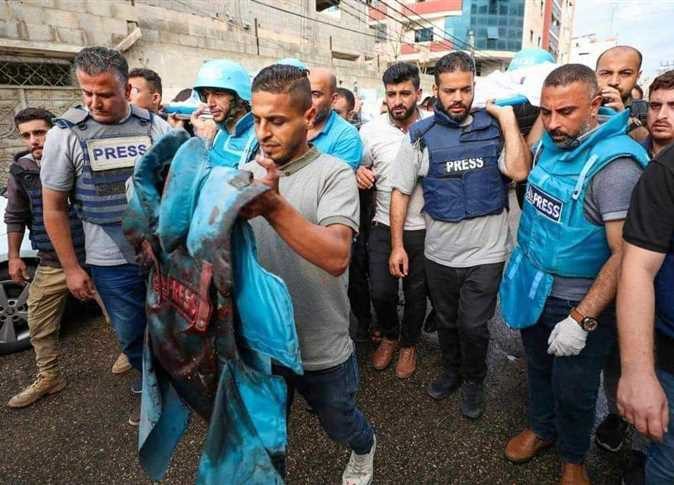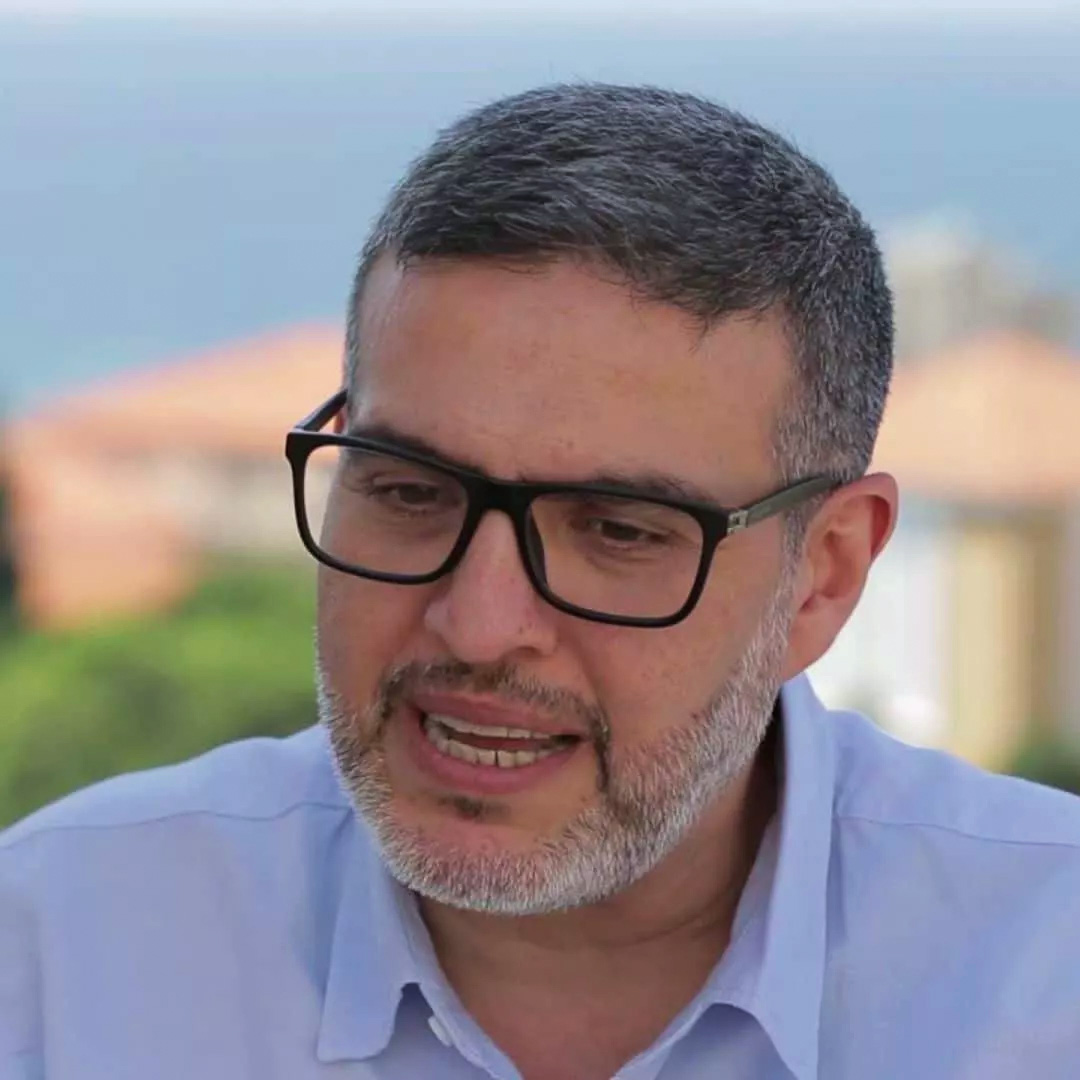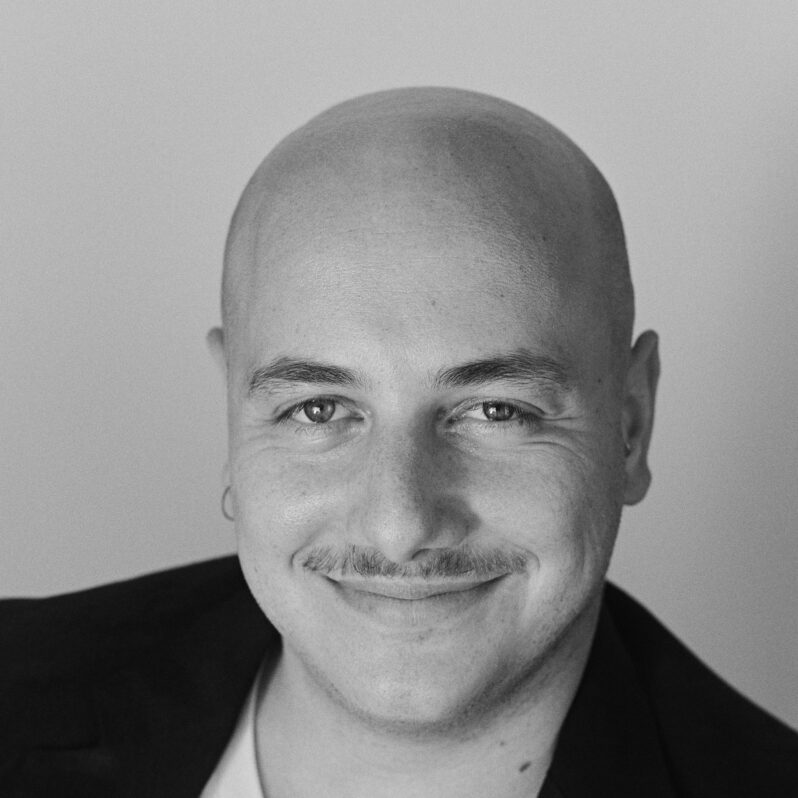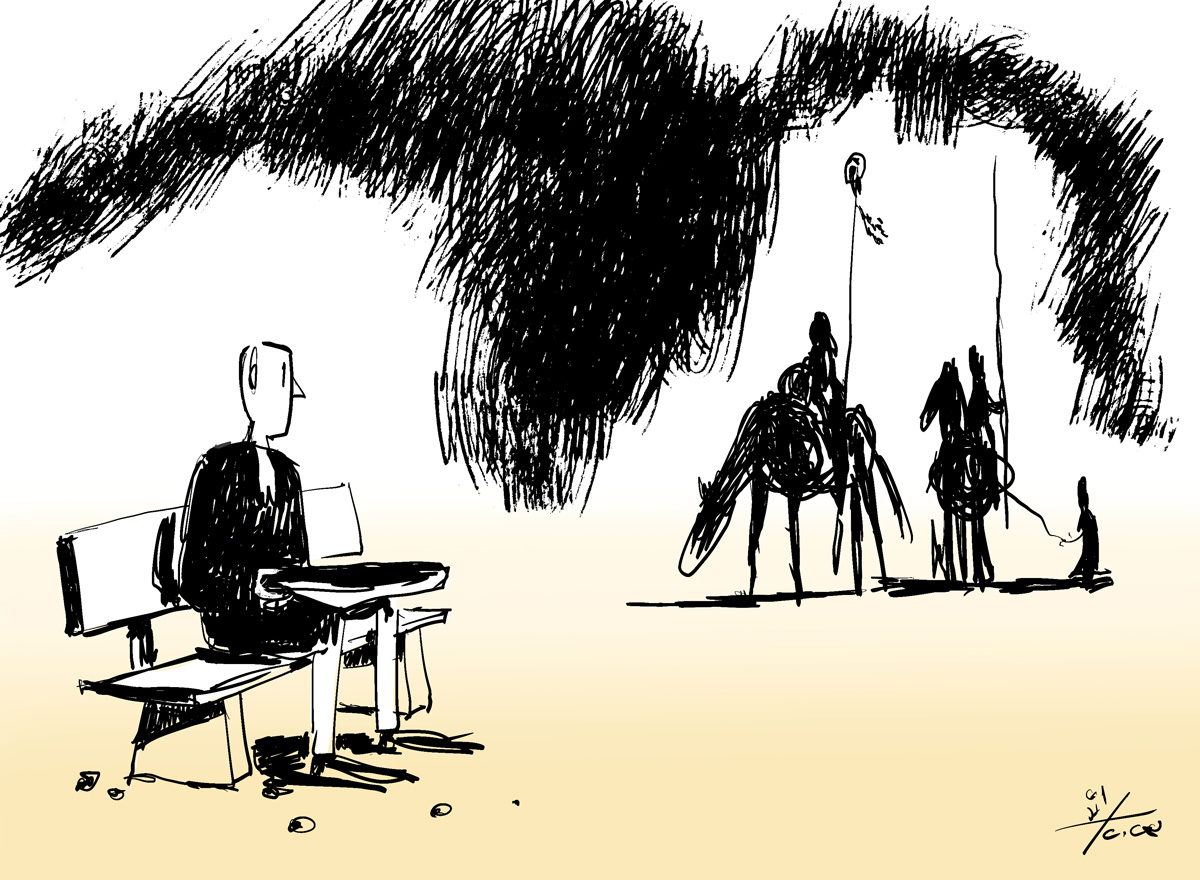Fifteen killed and Two Missing Among Gaza’s Press: “We Pledge to Cover the War Until the Last Drop of Blood”

This article is an edited translation from Arabic. Since its writing – i.e. over a period of just five days – the number of journalists killed by Israel’s offensive on Gaza and Southern Lebanon has multiplied. Lebanese photojournalist Issam Abdallah was killed and six of his colleagues wounded in an Israeli shelling in Alma El Chaeb, Southern Lebanon, on October 13. Palestinian media institutions have mourned six more journalists, some of whom were killed with multiple members of their families. Among them is Salam Mima, who – although we mentioned in the article that she had survived – later died of her wounds, along with her husband. Hence, the number of martyrs of the press in Gaza now stands at 15, and it is liable to continue climbing as long as the Israeli war crimes continue.
“Many have been killed in the streets while working. There is no electricity, water, or internet, and some fear leaving their family under the bombardment and just want to die with them”. This is how Palestinian journalist Arafat Alhaj described the state of his colleagues, who “may declare that they are stopping coverage because they can’t go on”, in a cry he posted on Twitter/X. His words did not come from nowhere: at the time of writing [Thursday, 12 October 2023], nine journalists had been killed by Israeli shelling, dozens were wounded, and two were among the missing. The entire families of some were wiped out and their names struck from civil records – including journalist Ahmed Shehab, whose house was targeted during the writing of this article. We do not know how many journalists will have fallen by the time of its publication.
These journalists join the long list of Palestinian press martyrs killed by Israel. In the 22 years from 2000 to 2022, 55 journalists were killed, and hundreds were wounded or detained. Israel always targets journalists in its wars. During the 51-day offensive on Gaza in 2014, Israel killed 16 Palestinian journalists, in addition to Italian journalist Simone Camilli (Associated Press). In just the first six days of its current offensive, it has killed more than half this tally – making it the most violent and ruthless offensive thus far, as confirmed by all the journalists in Gaza with whom the Legal Agenda communicated.
Israel has also targeted media institutions. On Tuesday, October 10, it bombed Hajji Tower in western Gaza, which contains several media offices. Subsequently, all workplaces of media institutions were evacuated out of fear that they would be deliberately bombed. Foreign correspondents have turned to working from hotels. The Israeli occupation has also bombed telecommunication towers and cut off electricity, food, and water to the Gaza Strip. The Palestinian Journalists Syndicate announced Thursday that media institutions in Gaza have begun to cease operating because “fuel to run their electricity [generators] has run out and the internet has been cut off almost entirely from the strip” in order to isolate it completely once and for all. By killing and blockading journalists and paralyzing their work, the occupation hides the voices, images, and brutality of the offensive destroying Gaza, which has killed 1,200 people and wounded 5,600 so far, according to the Ministry of Health in the strip. Meanwhile, Israeli Minister of Communications Shlomo Karhi has presented a plan to terminate the Al Jazeera network’s coverage using emergency laws.
Despite this targeting, Gazan journalists told the Legal Agenda that they are determined to continue “the duty entrusted to them to report the offensive’s massacres”. We have noticed an intensification in the transmission of images of the victims, including children, women, and civilians, even as the dust and devastation of the Israeli bombardment threatens to conceal the human dimension of the atrocities occurring such that the killed and wounded remain mere numbers rather than people. The Legal Agenda is telling the stories of our professional colleagues martyred in the line of duty so that they, too, do not remain mere numbers. We are sharing what information we managed to collect about Mohammad El-Salhi, Ibrahim Lafi, Asad Shamlakh, Mohammad Jarghoun, Hisham Alnwajha, Saeed al-Taweel, Mohammed Sobh, Ahmed Shehab, and Mohammad Fayez Yousef Abu Matar in the hope that we will be able to write the story of the survival of missing journalists Nidal al-Wahidi and Haitham Abdelwahid once they are freed from the grip of detention.
Four Journalists Martyred in the First Hours of the Offensive
Mohammad El-Salhi was the first martyr of the Palestinian press in the offensive. He was killed by Israeli gunfire on Saturday, October 7, during the first hours of the attack on Gaza, east of Bureij in the center of the strip. He was providing coverage for Fourth Authority on the strip’s border. He passed away while clutching his camera, his last breaths captured on a live broadcast. He was dubbed the “first martyr”. The story ends here for the Arab and international audience following the war’s news, but Mohammad is more than just a moniker and a number. To Gazans, he was that photographer whose lens pursued them to document their circumstances in peacetime and war. To his colleagues, he was a young man so passionate about his job he would rush toward an event as soon as it happened. He was the colleague who was born and raised in Bureij camp right on the divider fence, which became the subject of his photos. To his wife Maya Naama, a young woman in her 20s, he was the beloved she married after a fifteen-week engagement and with whom she blew out the candle of their first anniversary last August 10. Maya celebrated her husband’s birthday in mid-September, and as a refugee in her own land, like him, she wrote, “You are my homeland, for there is no safety but you. And you are my pulse, for there is no life without you nearby”. Today, Maya is mourning her husband. She tells his friends that his mobile phone’s alarm still rings every day in time for his work, and she finds herself saying, “Come on my love, wake up for work, your alarm is ringing”.
On the same Saturday, while the world was eagerly awaiting any information or images of what was happening in the Gaza envelope, Ibrahim Lafi was standing in his press jacket at the Beit Hanoun/Erez Crossing. At that moment, an Israeli warplane attacked the spot where the journalists were standing opposite the crossing. Ibrahim, a 21-year-old photojournalist working for Ain Media, was killed while he was still at the beginning of his life journey. One day, he had written, “You were created in a battle with life: either you defy and win, or you surrender and lose”. Ibrahim – or Watan [Homeland], as his friends called him – was a journalist who adored his country, was driven in his profession, and did not allow its difficulties to affect his joyful spirit. Palestinian Journalist Yara Eid remembers Ibrahim as “a supportive friend, courageous journalist, talented photographer, and like a brother”.
In the same attack, ten journalists sustained various wounds, while contact was lost with photojournalists Nidal al-Wahidi and Haitham Abdelwahid. Family and colleagues of Nidal managed to identify him in video clips broadcast by the Israeli media documenting the occupation’s capture of several Palestinians. The Social Developmental Forum, a Palestinian NGO, is calling on the United Nations, the Red Cross’ International Committee, and international and human rights organizations to intervene to determine the fate of the 25-year-old passionate photographer who worked for it, describing him as being “known for his utmost professionalism and his commitment to nonviolent journalism”.
Also on Saturday, as Israel escalated its fierce bombardment of the blockaded strip, the attacks continued to claim more journalists. Gunfire coming from the sky forced colleagues of Smart Media journalist Mohammad Jarghoun to bid him farewell one last time while covering the Israeli massacres in eastern Rafah, but his two-year-old daughter did not get the same opportunity. As one of Mohammad’s colleagues says, his daughter will grow up associated with her father’s legacy – even though he was just 24 years old – as a prolific journalist who dedicated his writings to telling Gaza’s story and, earlier, a student activist who stood out among his peers in progressive groups in the strip’s universities.
Thus, the Palestinian press was afflicted with four martyrs during the first hours of the war, when the following day (Sunday) news broke that journalist Asad Shamlakh had been martyred. Asad had survived several close calls while moving between Gaza’s streets covering the war and its massacres before heading home to check on his family. A short time after he arrived, the Israeli occupation attacked his house in the Sheikh Ijlin neighborhood, claiming the lives of the entire family: Asad (20), his mother Suha (47), his father Abdulnaser (56), and his brothers Marwan (22), Muhammad (18), and Yazan (10), as well as his brother Ahmad (25), Ahmad’s wife Warda (21), and their children Abdulnaser (2) and Omar (just 3 months). In one attack, the names of Asad and his whole family were struck from Palestinian civil records. The incident is now known among Gazan journalists and citizens as the Shamlakh Family Massacre.
Tuesday: Three Journalists Fall in One Attack
With each new day of war comes new crimes against journalists. On Tuesday, October 10, a team of journalists was documenting the displacement of Palestinian families from western Gaza when an attack took them by surprise, killing three of them. Surviving journalist Abdulhadi Farahat tells the Legal Agenda that Israeli warning messages arrived calling for Hajji Tower to be evacuated. While the Palestinian families were evacuating the building, the journalists went there to document their displacement, gathering 60 meters away from the location that the occupation had announced it would target. However, the Israeli planes attacked the house in front of which the journalists were gathered, far from the building, even though their equipment was visible and their helmets and armor bore press symbols, according to Farahat. This confirms that the press is being targeted directly. Saeed al-Taweel and Mohammed Sobh died immediately, while Hisham Alnwajha was seriously wounded and joined the martyred hours later despite being transported to Shifa Hospital’s intensive care unit.
Every one of these journalists has their own story, career, life, and people. Colleagues of Saeed tell of his academic and professional passion, his specialization in the field of digital media, and his constant presence on the ground as a correspondent for the website Alkhamisa, for which he was also the chief editor. Gazans knew him through his page akhbar3alreeq, where he would publish daily news across all topics in a Palestinian dialect and cheerful and lighthearted style, attracting 145,000 followers. Last year, Saeed defended his master’s thesis on how the Palestinian political elite uses digital media. In 2020, he was selected, by popular vote, for the “best Facebook content creator” prize from the Social Media Club-Palestine.
Saeed wrote his 1,201st daily post on Friday, October 6, and then got busy covering the war news. On Tuesday, 10 October 2023, a post appeared on akhbar3alreeq saying, “The last episode of akhbar3alreeq – this time from the martyr’s younger brother, Haitham. Please, pray for the hero groom”.
While the world – or at least whoever in this world follows Gaza – watched the heart-wrenching scene of Mohammed Sobh’s friend standing over his body and begging, “For God’s sake, please get up”, Palestinians recalled the words Hisham Alnwajha had said to them – “Everyone rest easy and control your anxiety” – during a live broadcast just hours before the Israeli offensive targeted him and ended his life and career. Mohammed and Hisham were colleagues in the Palestinian news agency Khbr Press.
Mohammed was on the ground in Gaza covering the events and tragedies from the very first hours of the war, even though his hand had been wounded less than a month earlier when the occupation army fired tear gas canisters at a gathering of journalists covering protests on the border fence in the east of the strip. That day, one of Mohammed’s colleagues joked with a friend of theirs, “I told you not to take him with you. I fear for him. You didn’t respond”. Perhaps this fear was well-placed but four weeks premature. As for Hisham, the always-optimistic newlywed, he promised his followers on Tuesday that, “Around-the-clock coverage is continuing and will not stop, God willing”. The Israeli attack stopped Hisham’s coverage permanently, ending the life of a young man who was just 27 years old.
The targeting of journalists continues. While the Palestinian press in the strip was holding a funeral for their three colleagues, Israeli occupation planes attacked the home of President of the Women Journalists’ Committee in Gaza Salam Mima in Jabalia, northern Gaza, while she, her husband, and their three children were inside. The attacks destroyed the house, burying the entire family under the rubble. While the deaths of Mima and her family were officially announced on Tuesday, colleagues who went to the site thought they detected signs of life under the ruins. Emergency teams toiled for 30 full hours before announcing, on Wednesday, that they had managed to pull Salam and her family out from under the rubble alive. Thus, she escaped her status as the eighth martyr of the press.
On Wednesday, just as the survival of Salam and her family was being celebrated, journalists of Gaza bid farewell to their 28-year-old colleague Mohammad Fayez Yousef Abu Matar. He became the eighth martyr of Gaza’s press when his home in Rafah was bombed.
Because the offensive is continuing in its most heinous forms, the death toll among the press has not stopped climbing. On Thursday, journalist Ahmed Shehab, who worked for Asra Voice, joined the procession of Gaza martyrs and became the ninth martyr of the press after Israel bombed the Zarqa district in Jabalia, northern Gaza Strip. All 44 members of his large family were killed with him, the oldest being his grandmother Halima Shehab (79) and the youngest being Aisha Shehab (3), in a massacre that shook the strip. “The entire family has been struck from the Palestinian civil registry”, it was declared.
In an interview with the Legal Agenda, Abdulhadi Farahat says, “We journalists expect death any second. Every second we remain alive, we feel like we survived”. He explains that news coverage in Gaza is at risk of stopping completely “because the occupation targets anyone who walks on two legs”. For his part, journalist Hammam Hattab explains that, “The targeting of communications towers and the internet outage makes our work extremely difficult. Sometimes, we spend hours trying to send footage to our media institutions outside Gaza. We have been driven out of our offices, so we must move from house to house to write news stories or charge equipment”. Farahat points out that while expulsion and displacement are exacerbating the pressure on journalists who are also preoccupied with securing their families, most are completing their work in the face of murder, blockade, and expulsion alone, far away from their families and loved ones. Their minds are torn between their professional duty and their fear for their families’ safety whenever an attack rings out, not to mention their own safety. Farahat says, “Our hearts urge us to go die with our families because, as they say, dying together is a mercy”, while Hattab says, “We’re persevering because Gaza’s story and news have been entrusted to us”.



